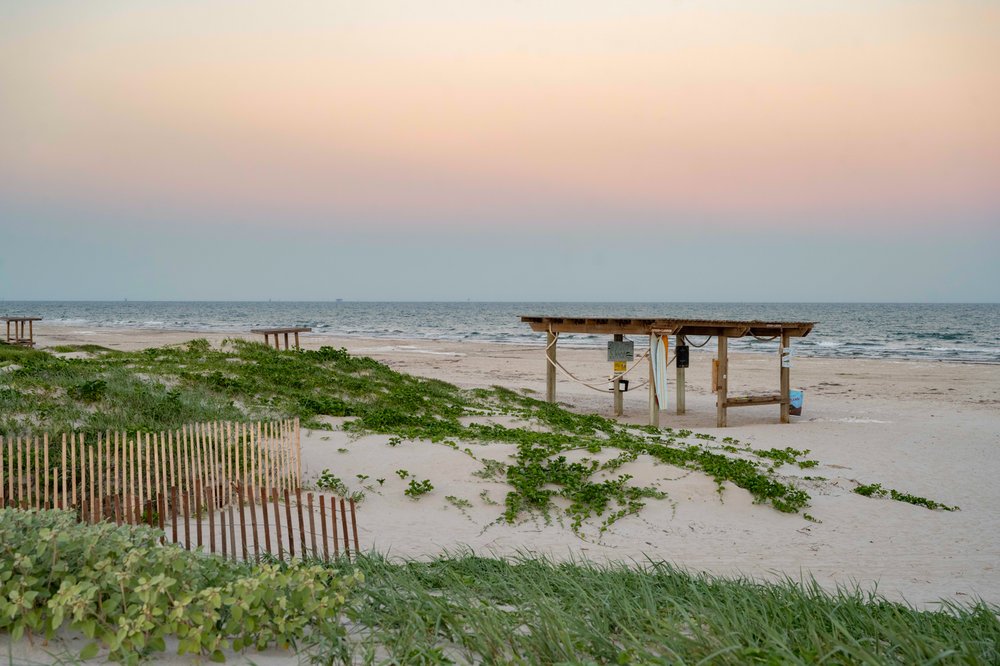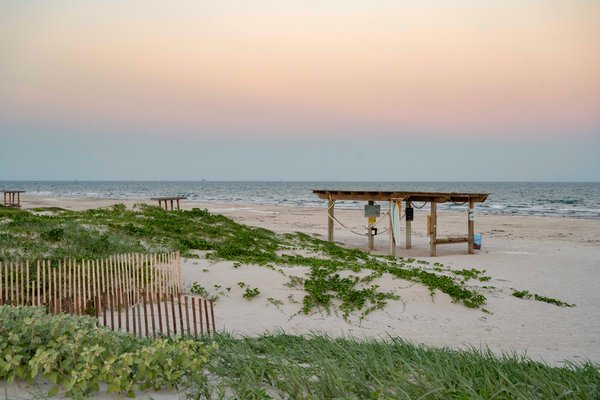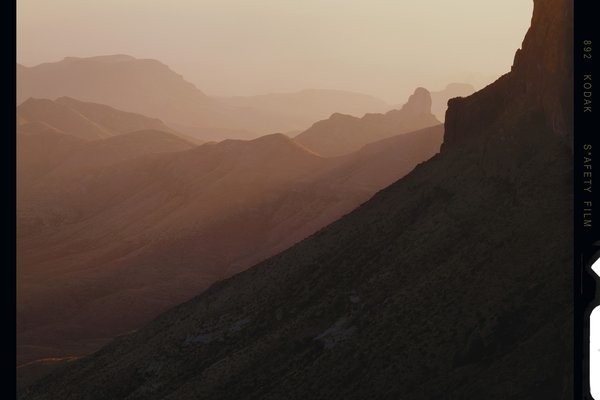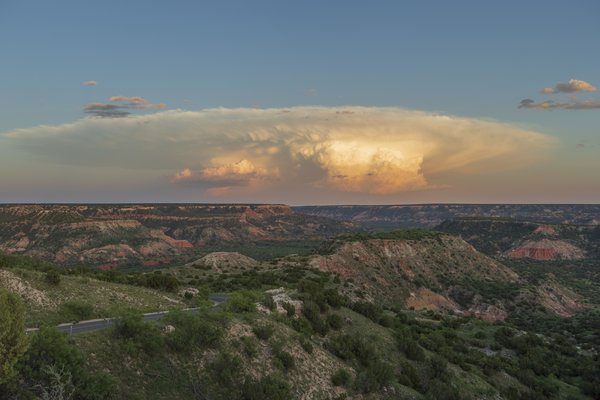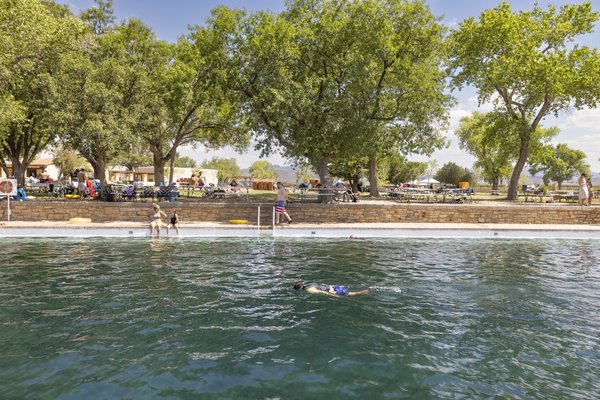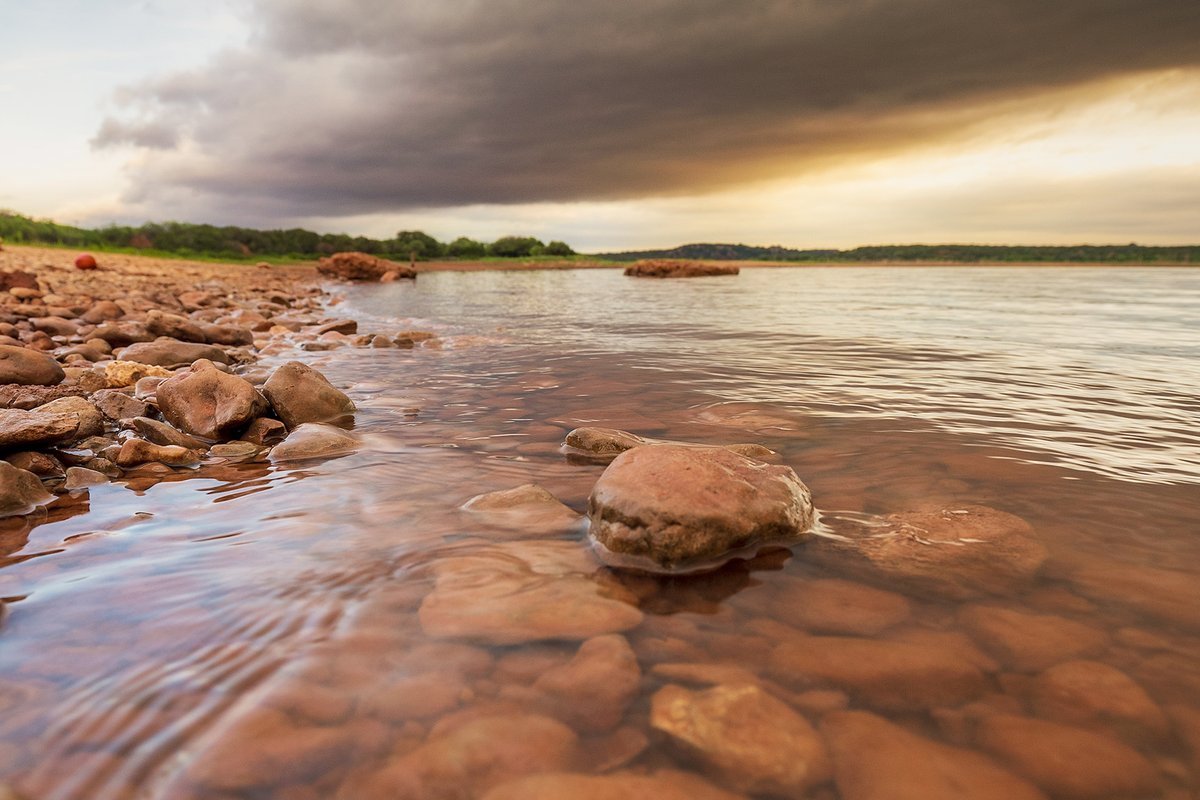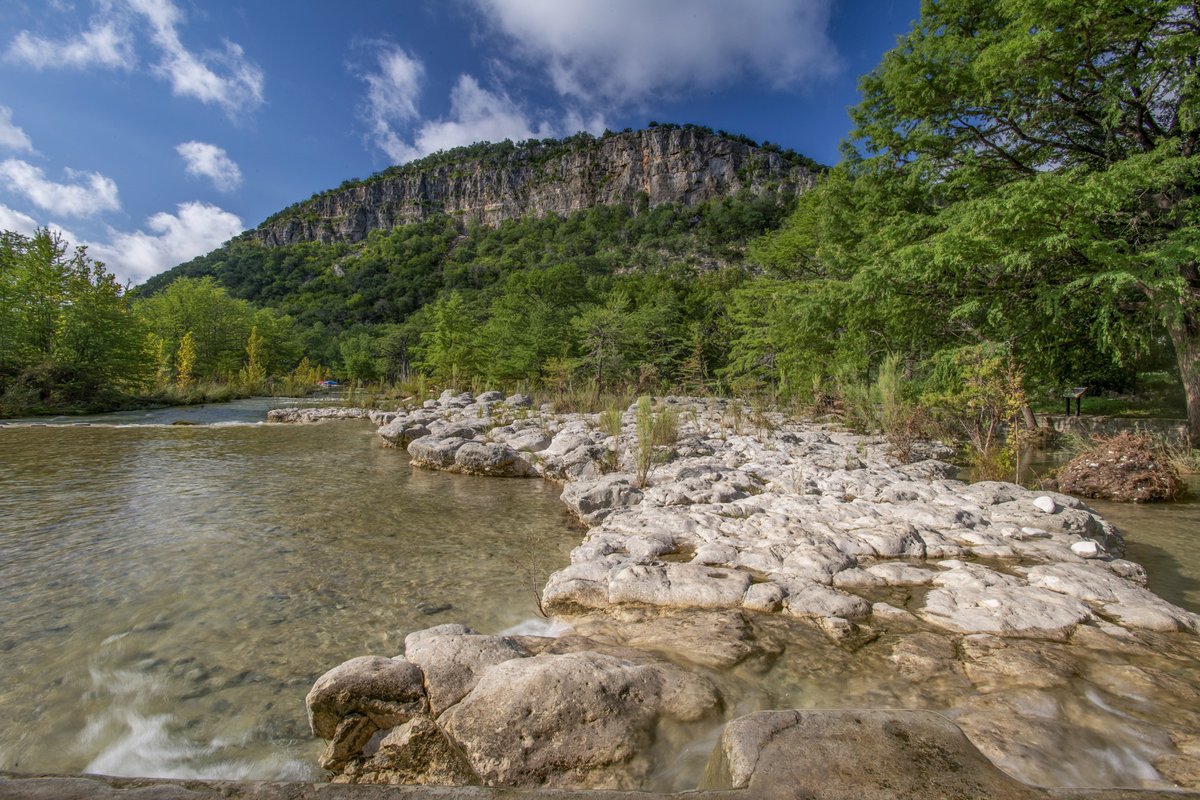Not far from where the lapping waves of the Gulf of Mexico meet the shore, the sands of Mustang Island State Park are whipped by the wind to form a glittering, otherworldly landscape of dunes. Rising up to 30 feet, the dunes provide habitat for plants and coastal creatures such as crabs and rodents, and help protect the bay and mainland from ocean waves.
Mustang Island State Park lies on a barrier island that stretches 18 miles along the coast near Corpus Christi.
“Mustang Island is one of the few places on the Texas coast where sand is still building up and not eroding away,” says park interpreter Eric Erlich.
Most of the sand in Mustang’s dunes washes down from inland, and is composed primarily of iron, formica and quartz. “If you’re walking at sunrise or sunset, the quartz is what gives a little glint, a little sparkle to it,” Erlich says.
The island’s dunes serve as a line of natural protection from the ocean, sheltering the bay and mainland from the powerful hurricane-driven waves of the Gulf. The bay, on the other side of the island, is a nursery for all sorts of baby fish and other sea creatures.
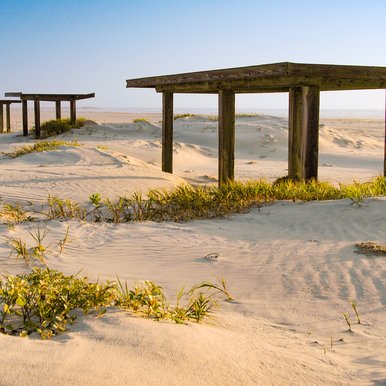
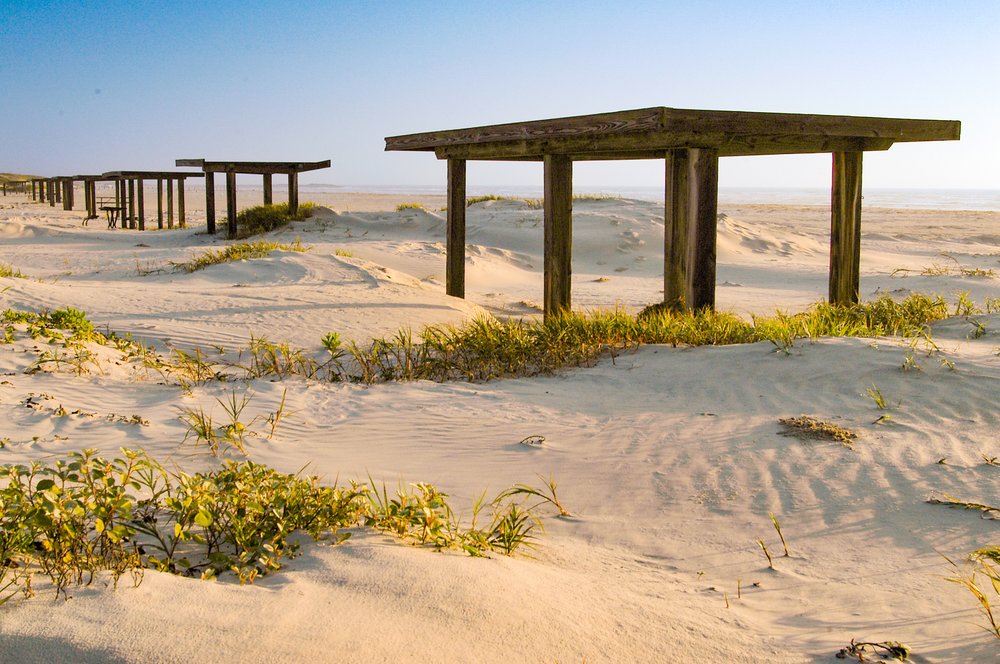
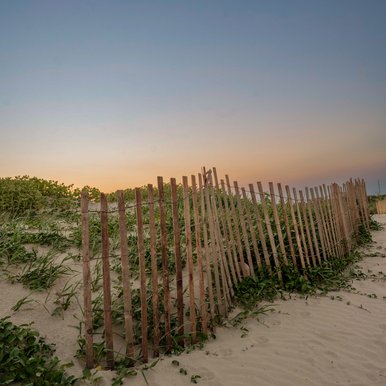
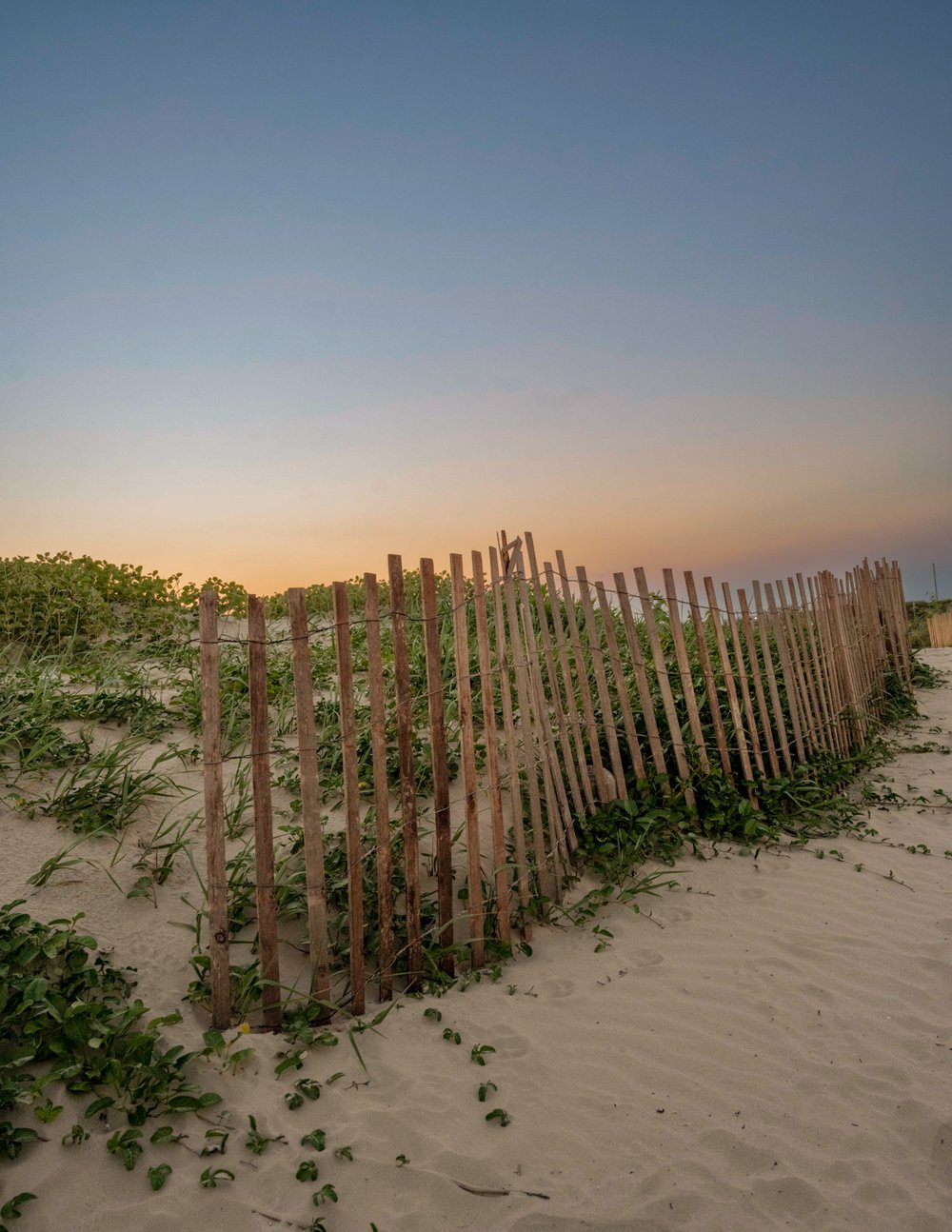
The dunes are dynamic, shifting with the winds. The wind blows sand up one side, and the other side is sheltered so plants can grow there. Dune plants have to move quickly to keep up — beach morning glories, a common species at Mustang Island, can grow up to a foot a day.
The same transience that gives the dunes their intrigue means constant work for park staff. The wind often blows dunes over signs or across park infrastructure. “We have two roadways where people have access to drive on the beach, and they require constant maintenance with tractors because the sand dunes are always trying to fill in those areas,” Erlich says.
If you visit the dunes at Mustang Island, avoid driving on them, which can damage the dunes (and mire your car in sand). Instead, observe them from the beach. Keep an eye out for dune-dwellers, including crabs, pocket gophers, ground squirrels and mice. Most of these creatures avoid the heat of the midday sun, so you’ll have the best luck wildlife watching at dawn and dusk.
With dunes, as with life, the only constant is change. Take a mental picture of what the dunes look like while you’re there — the next time you return, they’ll be different.
